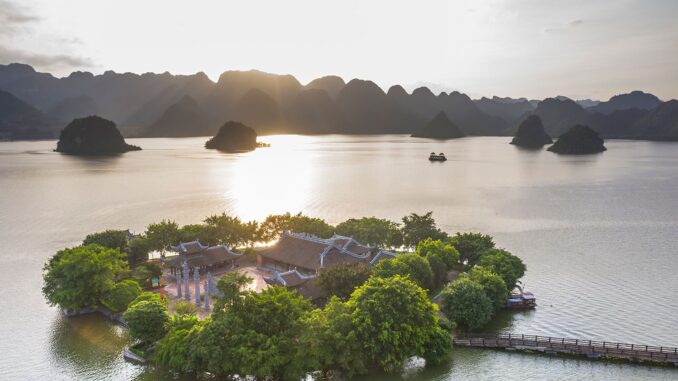
Nestled amidst the vibrant tapestry of Vietnam’s Red River Delta, Hà Nam (Ha Nam) unveils a captivating blend of natural wonders, cultural heritage, and rustic charm. Often overlooked by hurried travelers, Ha Nam beckons adventurers with its tranquil landscapes, ancient temples, and rich agricultural traditions.
Location
Ha Nam is located in the Red River Delta in northern Vietnam. It is bordered by the provinces of Hung Yen, Ha Tay, Hoa Binh, Nam Dinh, and Ninh Binh. Ha Nam is about 1,700 kilometers from Ho Chi Minh City, the largest city in Vietnam.
Transportation
Ha Nam is located about 60 kilometers south of Hanoi, the capital of Vietnam. The province can be reached by bus, taxi, or private car from Hanoi.
Ha Nam is well-connected to other parts of Vietnam by road and rail. The province has a central bus station, which connects the province to other major cities in Vietnam. Ha Nam also has a central train station, which connects the province to Hanoi and other major cities in northern Vietnam. There are also many taxis that operate in Ha Nam.
Weather
Ha Nam has a tropical climate with two distinct seasons: a hot and humid summer from May to October, and a mild and dry winter from November to April. The best time to visit Ha Nam is during the winter months, when the weather is pleasant.
Top destination to explore
1. Chùa Tam Chúc (Tam Chuc Pagoda)
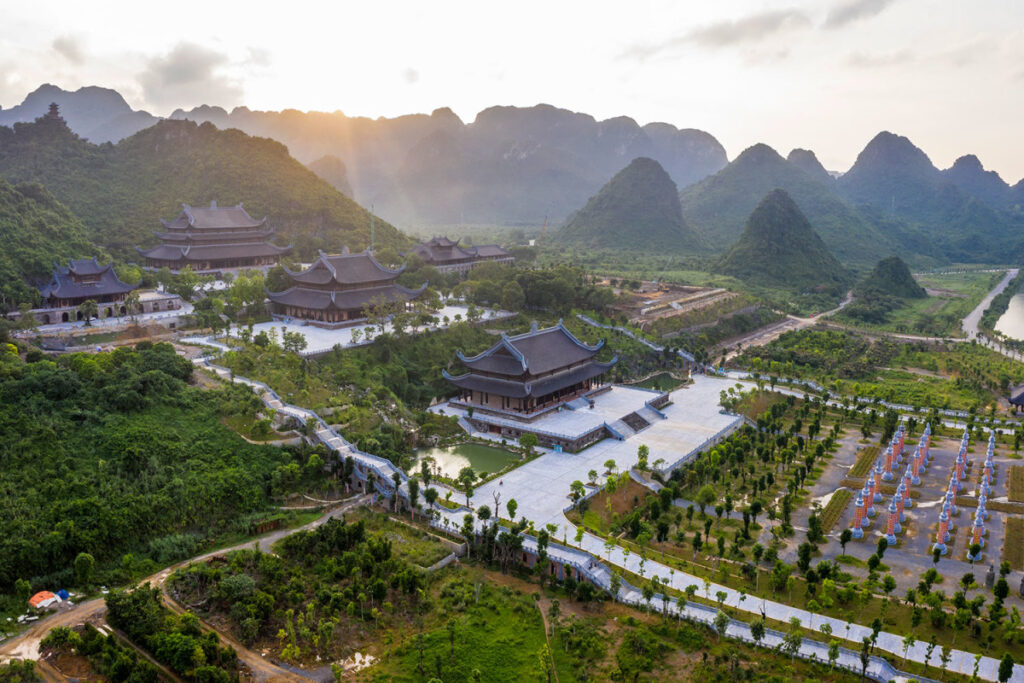
Nestled amidst the picturesque landscapes of Ha Nam province, Vietnam, Tam Chuc Pagoda stands as a beacon of spiritual enlightenment and architectural splendor. This magnificent Buddhist complex, renowned for its harmonious fusion of nature and devotion, draws pilgrims and travelers from far and wide.
The pagoda’s origins trace back to the Dinh Dynasty, over a millennium ago. Over the centuries, Tam Chuc Pagoda has undergone various renovations and expansions, culminating in its current grandeur. The complex encompasses a vast expanse of land, encompassing serene lakes, verdant gardens, and a collection of imposing temples and statues.
2. Chùa Bà Đanh (Ba Danh Pagoda)
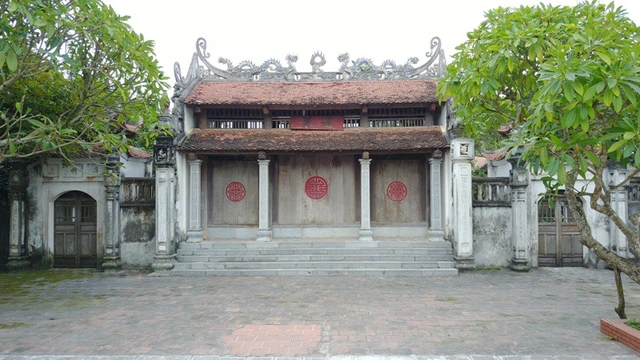
Ba Danh Pagoda, also known as Bảo Sơn Pagoda, traces its origins back to the Ly Dynasty, over a thousand years ago. The pagoda’s name is shrouded in legend, believed to be derived from a virtuous woman named “Bà Đanh” who dedicated her life to preserving and nurturing this sacred site.
Over the centuries, Ba Danh Pagoda has undergone numerous renovations and expansions, each era leaving its unique imprint on the pagoda’s architectural tapestry. Today, the pagoda stands as a harmonious blend of ancient and modern elements, showcasing the enduring legacy of Vietnamese Buddhist architecture.Stepping into the Ba Danh Pagoda complex, one is immediately captivated by the serene atmosphere and the symphony of traditional Vietnamese architectural elements. The pagoda’s layout follows a strict axial pattern, with a series of courtyards, temples, and statues aligned along a central axis.
3. Hang Ngũ Động Sơn (Ngu Dong Son Cave)
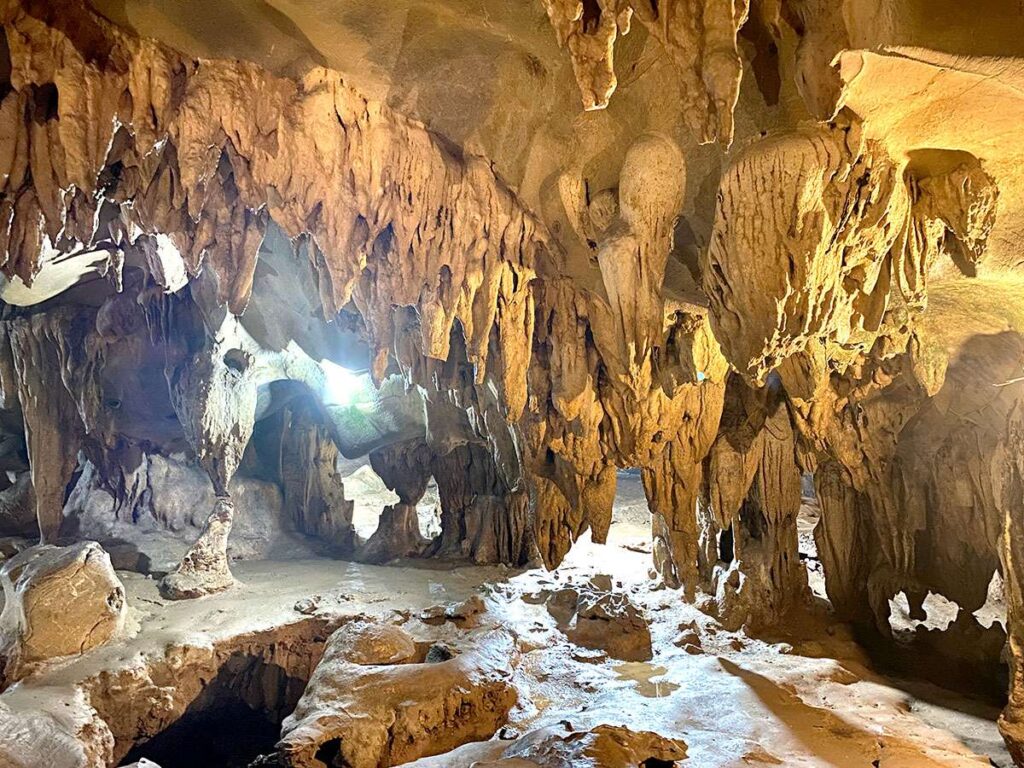
Stepping into the cool, dimly lit depths of Ngu Dong Son Cave, one is immediately captivated by the symphony of natural formations. The cave’s interior unfolds like a hidden world, revealing a series of interconnected chambers adorned with intricate stalactites and stalagmites, sculpted by the relentless flow of water over millennia.
The cave’s passageways meander through its depths, each chamber offering a unique perspective on the mesmerizing rock formations. The interplay of light and shadow creates an ethereal ambiance, transforming the cave into a realm of enchantment.
4. Hội vật Liễu Đôi (Lieu Doi Wrestling Festival)
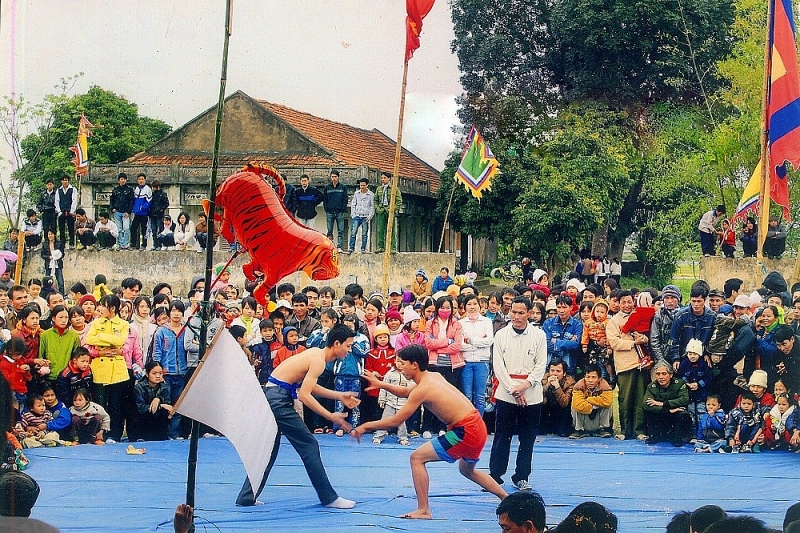
In the heart of Ha Nam province, Vietnam, the annual Lieu Doi Wrestling Festival unfolds as a vibrant spectacle of athleticism, cultural heritage, and community spirit. Held from the 5th to the 10th days of the 1st lunar month, this traditional event draws throngs of spectators eager to witness the captivating displays of strength, agility, and sportsmanship.
The Lieu Doi Wrestling Festival traces its origins to the 16th century, commemorating the legendary Doan family, renowned for their martial arts prowess and contributions to defending the region from invaders. The festival serves as a tribute to their legacy, embodying the spirit of courage, resilience, and unwavering determination.
Food
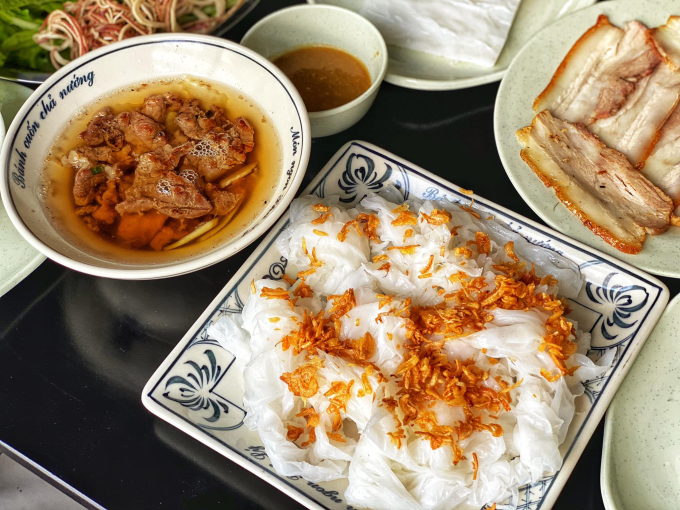
Bánh cuốn Phủ Lý (Phu Ly steamed rice rolls): This dish is made with thin, steamed rice crepes that are filled with ground pork and mushrooms. It is often served with a dipping sauce made from fish sauce, vinegar, and sugar.
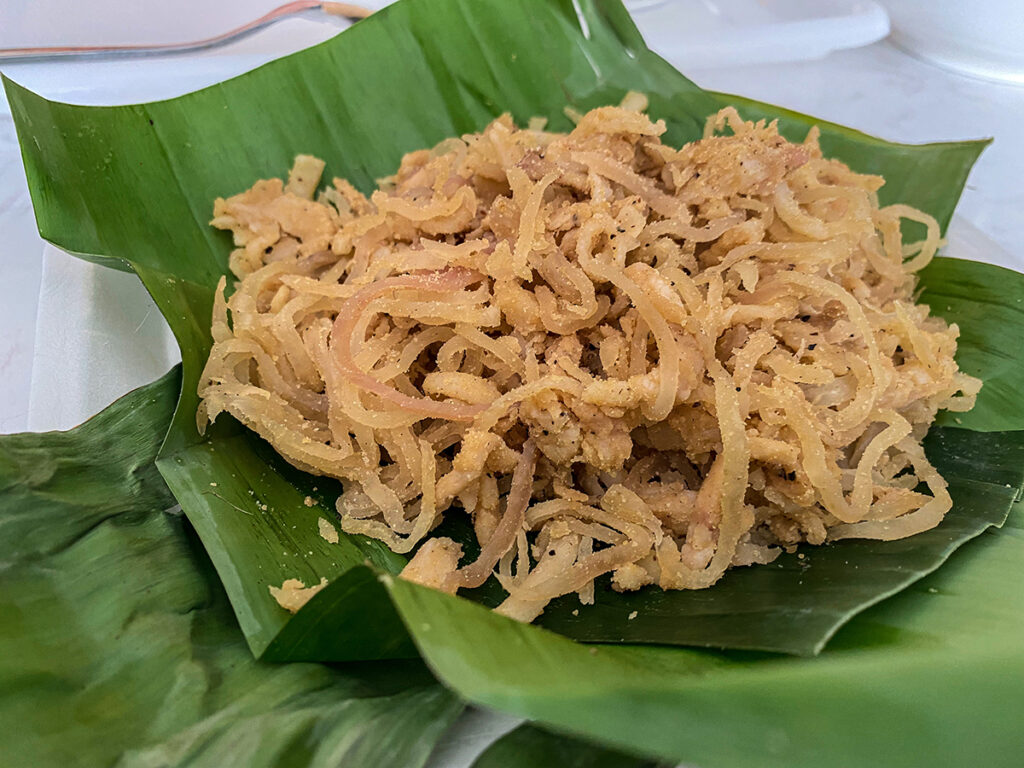
Nem Phùng: This dish is made with fermented pork sausage that is grilled or fried. It is often served with rice vermicelli noodles and a dipping sauce made from fish sauce, vinegar, and sugar.
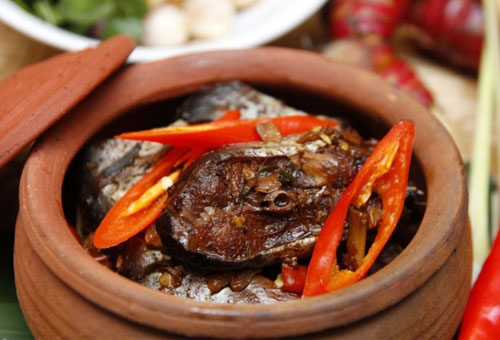
Cá kho Làng Vũ Đại (Braised fish from Vu Dai Village): In Vu Dai Village, the skill of creating braised fish has been passed down through the generations. The fish, which has been braised in an earthen pot with ten distinct spices, is sure to please any connoisseur.
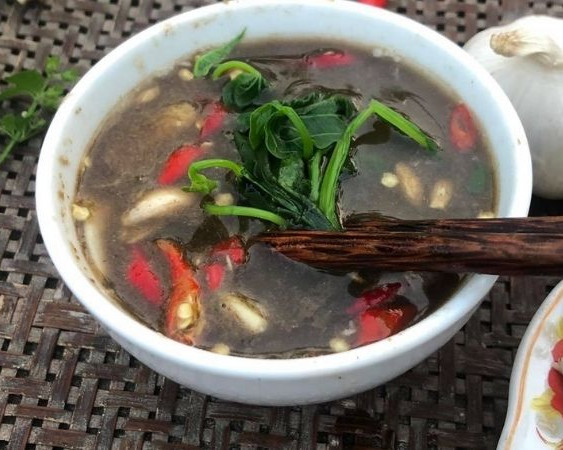
Mắm cáy Bình Lục (Binh Luc crab dipping sauce): The crab is cleaned and peeled after it has been caught before being ground. Cook season with fine salt, galangal, and crushed ginger while pounding. The fish sauce is fermented in a jar and dried until it is finished, right after being combined with a moderate amount of salt. The finished fish sauce has a striking dark brown color, a galangal scent, a salty flavor, and a spicy flavor from the ginger.
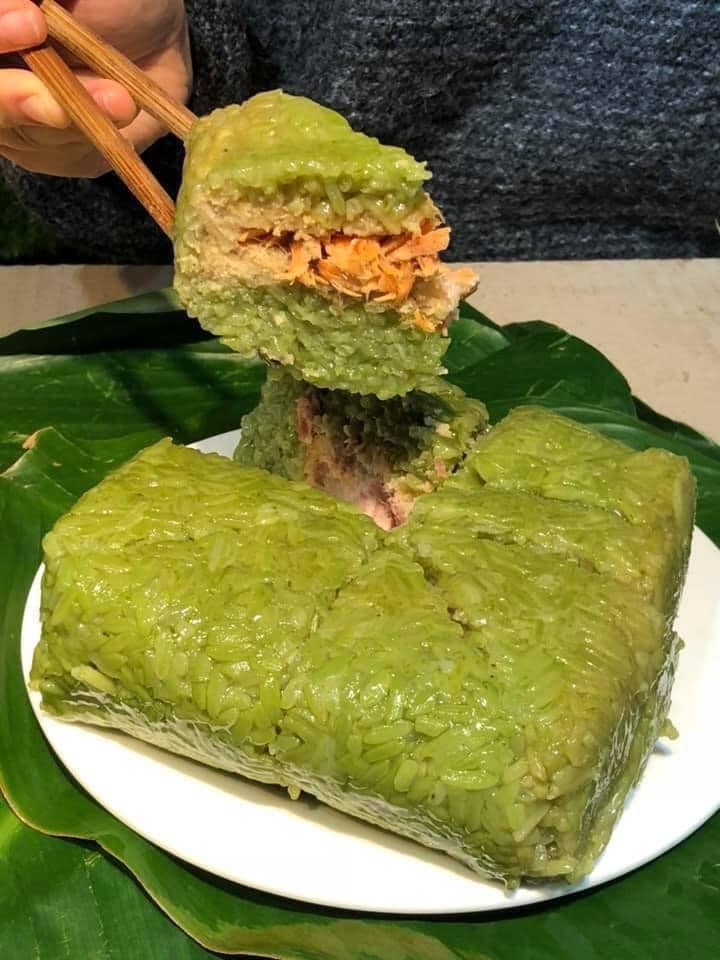
Bánh Chưng làng Đầm (Chung Cake from Dam Village): This is a Ha Nam delicacy that combines the scent of glutinous rice with the richness of pork, the fleshy flavor of green beans, and a little amount of fat. The glutinous rice from Hai Hau is combined with yellow flower sticky rice by the locals to make banh chung, a cake. In Dam village, for example, banh chung must be prepared with rainwater rather than well water. To boil the best batches, the boiling pot also needs to be made of corrugated iron.
Accommodation
– Meliá Vinpearl Phu Ly: This 5-star hotel is located in the city center, close to many popular tourist attractions, such as Tam Chuc Pagoda and Van Phuc Temple.
– Muong Thanh Luxury Ha Nam Hotel: This 4-star hotel is located in the city center, close to many popular tourist attractions, such as Tam Chuc Pagoda and Van Phuc Temple.
– Riverside Hotel Ha Nam: This 4-star hotel is located on the banks of the Day River, close to many popular tourist attractions, such as Tam Chuc Pagoda and Van Phuc Temple.
Ha Nam is a beautiful province with a lot to offer visitors. It is a great place to visit for those who are interested in Vietnamese nature, culture, and food. Ha Nam is also a great place to relax and enjoy the Vietnamese countryside. If you plan to visit Ha Nam, don’t forget to apply Visa. With the easy and fast Visa procedures, you can travel to Vietnam at any time!